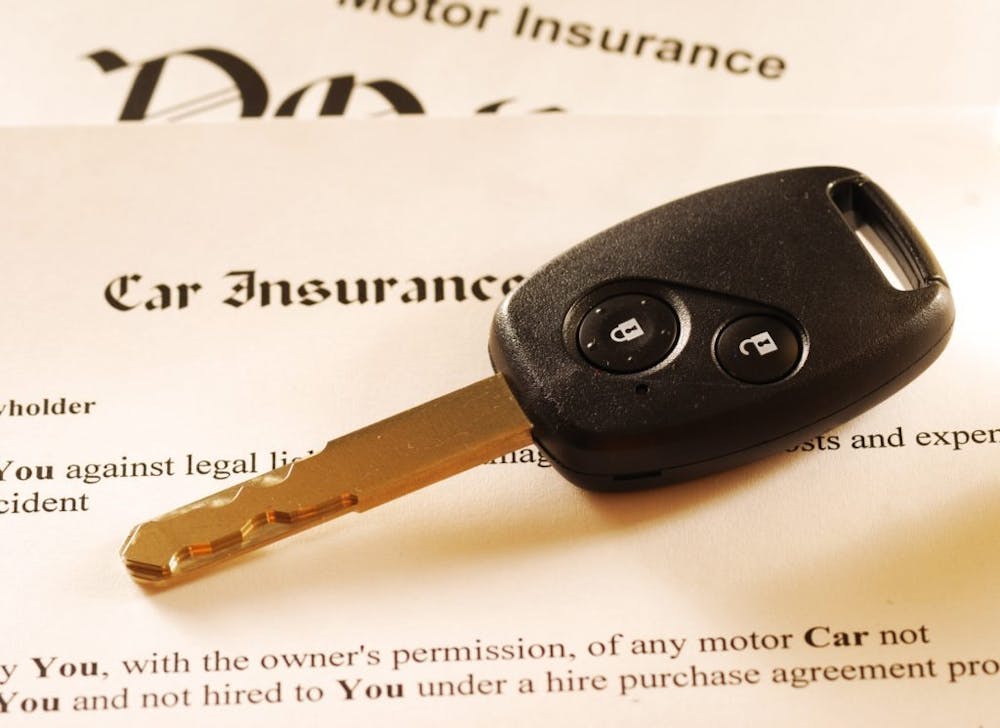When it comes to auto insurance and car accident liability, there are two types of states: no-fault states, and fault states. But how are they different, and which category does California fall into? The Ventura personal injury lawyers of Bamieh & De Smeth answer these questions and explain how auto accident victims are compensated for injury expenses in California.

Is California a No-Fault State for Auto Insurance?
When a car accident occurs in no-fault state, it effectively does not matter which driver caused the collision. Regardless of fault, the injured party will generally file a claim with his or her own insurer for compensation. This type of claim is called a “first-party claim.” Unless a crash victim has sustained exceptionally serious injuries, he or she cannot hold the other driver liable or file an accident claim against the other driver. No-fault insurance coverage is also referred to as “Personal Injury Protection,” or PIP.
Fault states take a different approach to the process of obtaining accident compensation. When a person is in an accident in a fault state, the person who caused the accident is responsible for the injury victim’s medical bills. The injury victim seeks compensation by filing a claim with the at-fault driver’s insurance company. This is known as a “third-party claim,” in contrast to a first-party claim. Drivers in fault states are required to carry liability insurance coverage, which is what pays for the other person’s expenses up to the policy limits. Each state sets different minimums for liability insurance coverage.
California, like most states, is a fault state. If you were injured in a car accident in California, you may be entitled to compensation from the at-fault driver’s insurance company. Unfortunately, the insurance company will likely offer an inadequate settlement that does not cover your expenses, or attempt to deny liability outright. It is in the insurance company’s best financial interests to minimize payouts, which – needless to say – works to the detriment of the crash victim. California’s minimum insurance requirements for liability coverage policies are:
- $15,000 for the injury or death of one person
- $30,000 for the injury or death of multiple people
- $5,000 for property damage
The California law requiring all drivers to carry insurance is known as the “financial responsibility law.”
If your medical expenses exceed the at-fault driver’s policy limits, you may be able to obtain additional coverage through your own Uninsured Motorist Coverage (UMC) or Underinsured Motorist Coverage (UIM). Though not mandatory in California, all drivers are strongly encouraged to consider purchasing UMC/UIM insurance for their own financial protection in the event that an accident occurs.
It is essential to be represented by an experienced and aggressive Ventura car accident lawyer when negotiating a settlement in order to ensure that you will not be taken advantage of by the at-fault driver’s insurer. Based on the evidence available and the circumstances under which the crash occurred, your auto accident attorney will know what sort of strategy to take in order to maximize the value of your claim while minimizing your own expenses.

How is Fault Determined in a Car Accident in California?
In fault states like California, accident victims may be entitled to compensation from the other driver’s insurance company. However, in order to get compensated, it is essential for the injury victim to prove that the other driver was at fault for causing the accident and resulting injuries. So how is fault determined after an accident has occurred?
Needless to say, each accident is different, which means that fault must be evaluated on a case-by-case basis using all of the available evidence. This could include:
- Expert testimony
- Medical records associated with the victim’s injuries and treatment
- Photographs of vehicle damage and wreckage or debris on the road
- Photographs of the victim’s injuries
- Photographs or video recordings captured by security cameras or witnesses
Police reports play a unique and often pivotal role in determining fault. Police accident reports are generally inadmissible due to being classified as hearsay evidence, meaning an unsworn statement made outside a court of law by someone – in this case, the police officer – who did not directly see the crash occur.
Nonetheless, it is still important to remain at the scene and ensure that the police make an accident report. (In fact, under the California Vehicle Code, it is illegal to leave the scene of an accident that causes death, injury, or even property damage without notifying the police if you were the person responsible for the crash.) The rationale is that, despite being inadmissible in court, the police report can still be useful during settlement negotiations by illuminating key details about the crash, such as information about any witnesses who may have seen the accident.
Ventura Auto Accident Attorneys Handling Injury Claims
If you or one of your family members was hurt in a car accident anywhere in Ventura County or Santa Barbara County, you are urged to review your legal options with an experienced personal injury attorney who is qualified to handle car accident claims in Southern California. Negligent drivers should be held accountable for the damage they cause. For a confidential and completely cost-free legal consultation about your personal injury claim, contact The Law Offices of Bamieh & De Smeth, PLC at (805) 643-5555 right away.


